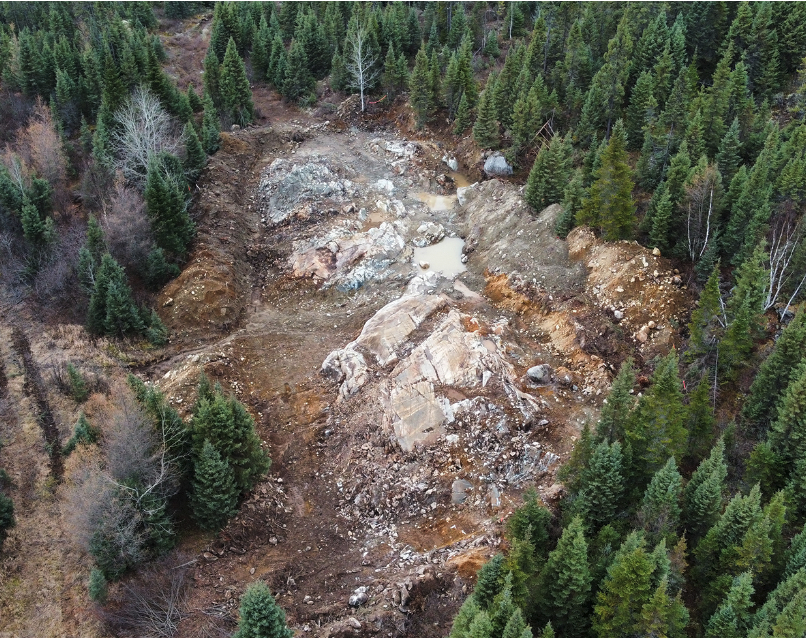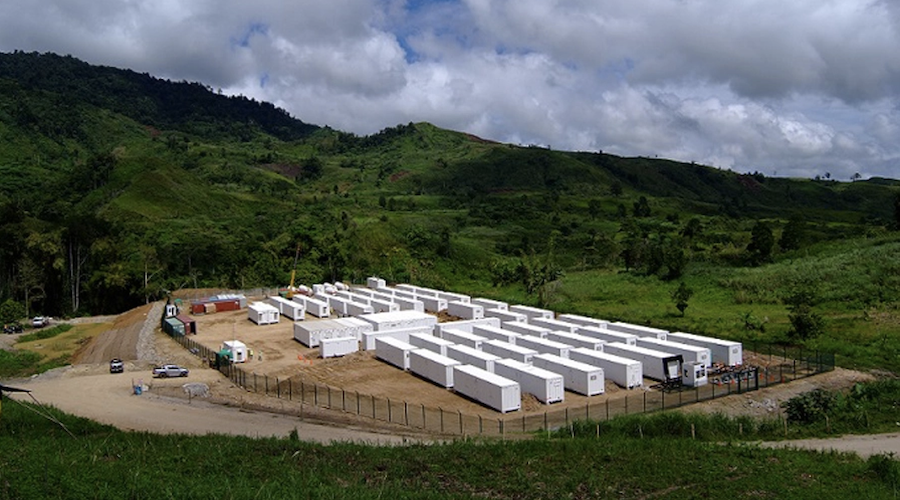Electric vehicles could be Canada’s new economic engine â report


Their new report, Canada’s New Economic Engine, explores how Canada can successfully build an EV battery supply chain to become a North American battery powerhouse.
Recent months have seen a stream of new battery investments, from the C$5 billion Stellantis and LG Energy Solution are investing in a Windsor battery factory to the C$500 million General Motors and Posco are investing to bring battery material production to Bécancour, Quebec.
Despite these investments, the success of Canada’s EV battery supply chain—and the hundreds of thousands of future jobs it could support—is still largely dependent on swift government action, Clean Energy Canada asserts.
In a scenario where no additional government action is taken, the report says Canada’s battery supply chain would create just 60,000 jobs and contribute only $12 billion in GDP—fulfilling only about a quarter of both its jobs and GDP potential.
The report identifies six ways in which Canada should focus its efforts to fulfill its battery-building potential. A more effective strategy would double down on a few key stages, such as EV assembly, battery cell manufacturing, clean battery materials production.
“Canada has all the right ingredients to be a battery powerhouse, from the necessary mineral resources to leading cleantech companies,” Evan Pivnick, Clean energy program manager at Clean Energy Canada said in a release.
“But it’s vital that Canada acts swiftly and decisively, or it risks squandering thousands of jobs and billions of dollars.”
The report, key findings and recommendations are here.
This post has been syndicated from a third-party source. View the original article here.




